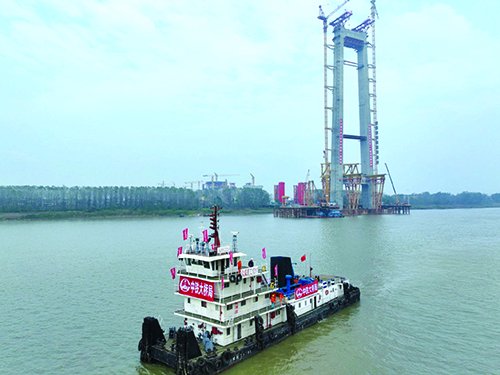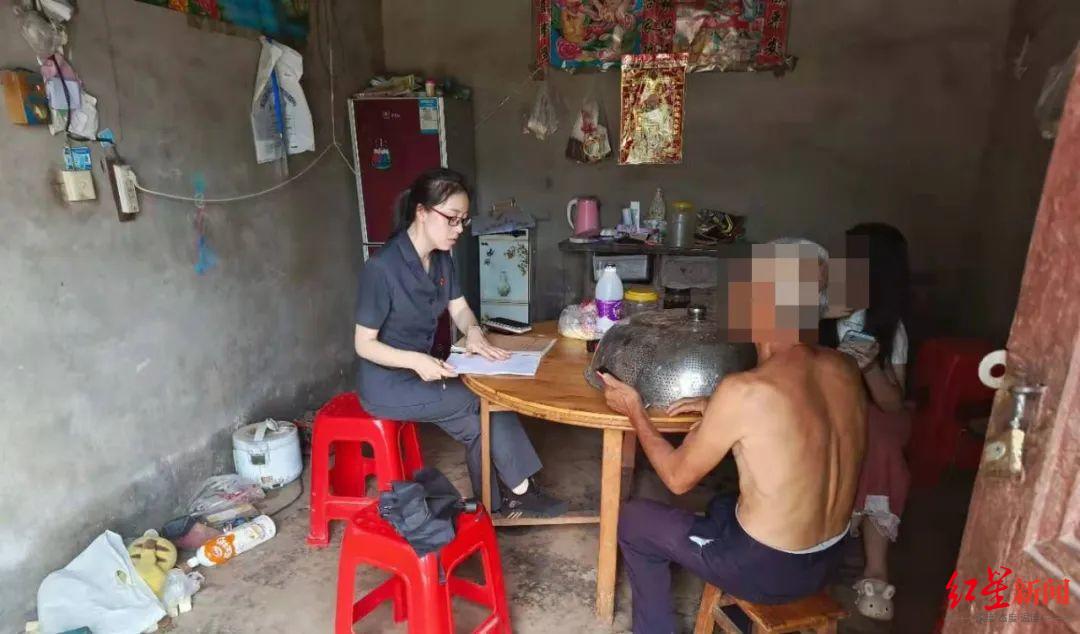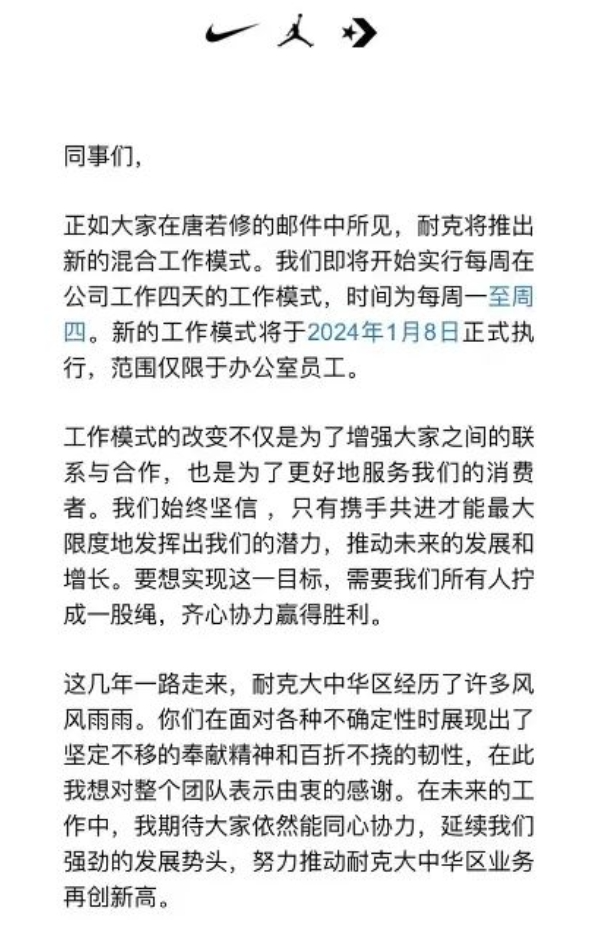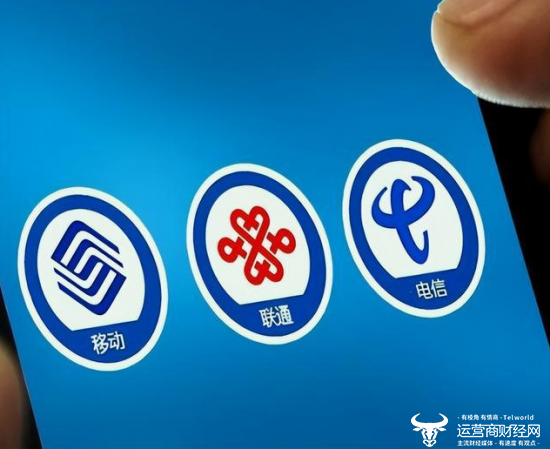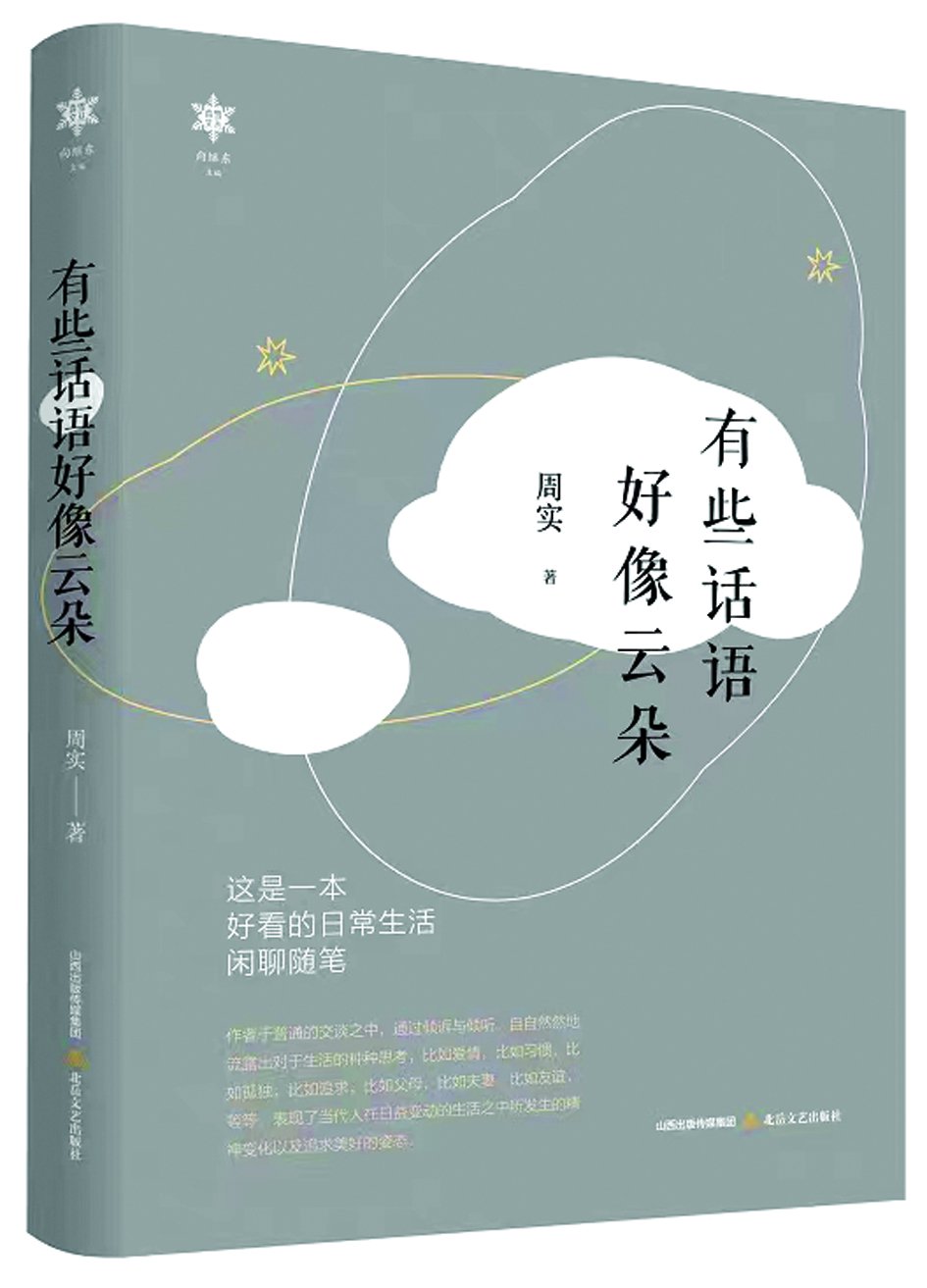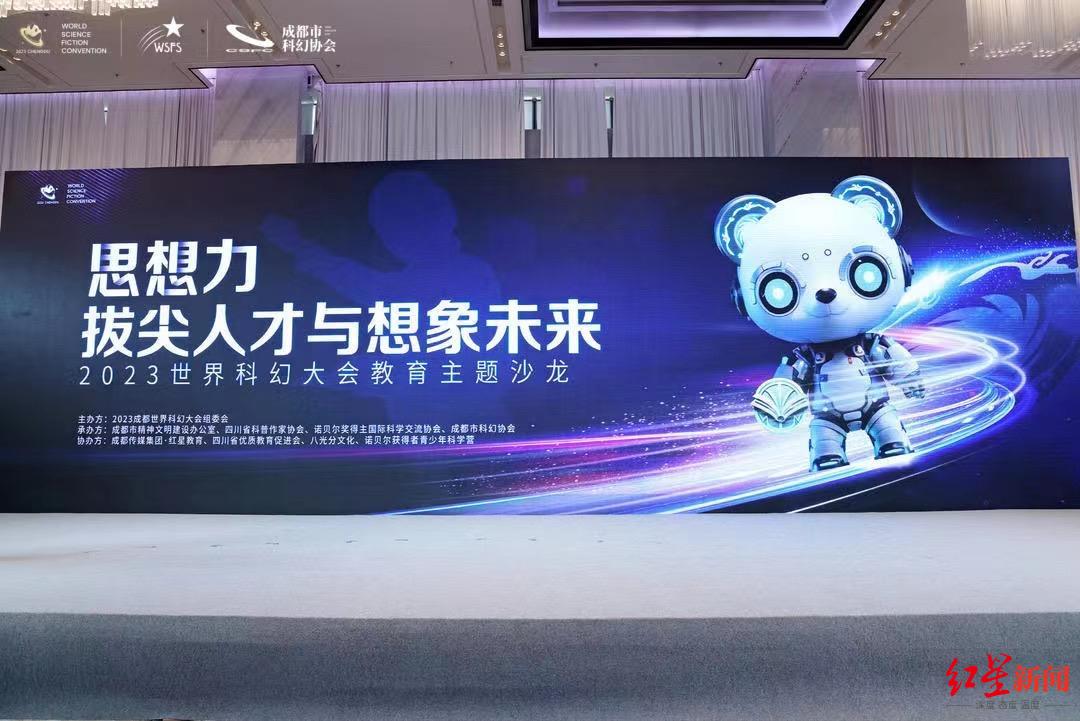“非洲”《科学》(20230811出版)一周论文导读
今天,很高兴为大家分享来自媒体滚动的《科学》(20230811出版)一周论文导读,如果您对《科学》(20230811出版)一周论文导读感兴趣,请往下看。
Science, 11 AUG 2023, VOL 381, ISSUE 6658
《科学》2023年8月11日,第381卷,6658期
生态Ecology
Global water use efficiency saturation due to increased vapor pressure deficit
由于蒸汽压差增加,全球水利用效率趋于饱和
▲ 作者:FEI LI, JINGFENG XIAO, JIQUAN CHEN, ASHLEY BALLANTYNE, KE JIN, BING LI, MICHAEL ABRAHA, AND RANJEET JOHN
▲ 链接:
https://www.science.org/doi/full/10.1126/science.adf5041
▲ 摘要:
在一个大气中二氧化碳浓度不断增加、气温不断上升的世界里,植物如何在碳的增加和水的损失之间进行平衡的。作者研究表明,植物水分利用效率,即光合作用净吸收碳与蒸腾气孔导度之比,在1982~2000年间呈上升趋势,但在2001~ 2016年间保持不变。
研究者解释说,这是由于蒸气压增加和蒸发蒸腾加剧的结果。研究结果从另一个方面说明了气候变暖的不利影响使实现碳中和变得更加困难。
▲ Abstract:
How have plants managed the trade‐off between carbon gain and water loss in a world of increasing atmospheric carbon dioxide concentrations and rising temperatures. Li et al. showed that plant water use efficiency, the ratio between the net assimilation of carbon through photosynthesis and the stomatal conductance of transpiration, increased from 1982 to 2000, but then remained constant from 2001 to 2016. The authors interpret this as being the result of increases in the vapor pressure and intensifying evapotranspiration. Their results illustrate one more way in which the adverse effects of climate warming make it more difficult to achieve carbon neutrality.
Declining cost of renewables and climate change curb the need for African hydropower expansion
可再生能源成本下降和气候变化或抑制非洲水电扩张需求
▲ 作者:ANGELO CARLINO, MATTHIAS WILDEMEERSCH, CELRAY JAMES CHAWANDA, MATTEO GIULIANI, SEBASTIAN STERL, WIM THIERY, ANN VAN GRIENSVEN, AND ANDREA CASTELLETTI
▲ 链接:
hhttps://www.science.org/doi/full/10.1126/science.adf5848
▲ 摘要:
在人口增长和提高生活水平目标的推动下,特别是在最不发达区域,许多非洲国家计划扩大其发电能力,以满足未来能源需求。到2050年,非洲总电力需求预计将以每年5%到6%的速度增长,主要是在撒哈拉以南非洲地区。
然而,非洲能源系统的未来不仅受到额外能源需求的驱动,还将受到减缓和适应人为气候变化的需要的驱动。水电是非洲电力系统的重要组成部分,特别是在撒哈拉以南国家。
它提供了总发电量的20%左右,但其全部潜力尚未被开发出来。传统上被认为是低碳电力的廉价来源,整个非洲大陆正在考虑兴建300多座水电站,相当于额外的100吉瓦发电能力。
▲ Abstract:
Driven by population growth and the goal of improving living standards, especially in the least-developed regions, many African countries plan to expand their power generation capacities to meet future energy demand. Indeed, total electricity demand is expected to grow by 5 to 6% per year until 2050, mainly in sub-Saharan Africa. Yet the future of African energy systems will not only be driven by the additional energy demand but also by the need to mitigate and adapt to anthropogenic climate change. Hydropower is an important component of African power systems, especially in sub-Saharan countries. It provides around 20% of total electricity generation, but its full potential has not been exploited yet. Traditionally considered a cheap source of low-carbon electricity, more than 300 hydropower plants, corresponding to an additional 100-GW power capacity, are under consideration across the continent.
物理学和生物物理学Physics & Biophysics
Wafer-scale δ waveguides for integrated two-dimensional photonics
集成二维光子学的晶圆尺度δ波导
▲ 作者:MYUNGJAE LEE, HANYU HONG, JAEHYUNG YU, FAUZIA MUJID, ANDREW YE, CE LIANG, AND JIWOONG PARK
▲ 链接:
https://www.science.org/doi/full/10.1126/science.adi2322
▲ 摘要:
芯片级光学电路需要在不断减小的长度尺度和不同元件之间限制、控制和传播光的能力。解决组件之间的光学不匹配通常会导致实际设备的尺寸和性能折衷。
作者研究表明,可以在超薄的二维材料(厚度<1纳米)中限制和引导光。利用二硫化钼单层,他们捕获了一束激光,并产生了沿薄膜传播厘米距离的二维光子波。通过集成微加工薄膜光学元件,研究者展示了各种光学功能,从而为二维纳米光子学提供了一个通用平台。
▲ Abstract:
Chip-scale optical circuits require the ability to confine, control, and propagate light over ever-decreasing length scales and across different components. Addressing the optical mismatch between components typically results in compromises in size and performance for practical devices. Lee et al. showed that they could confine and guide light in an ultrathin two-dimensional (2D) material (<1 nanometer thick). Using molybdenium disulfide monolayers, they trapped a laser beam and generated a 2D photonic wave propagating along the film over centimeter distances. By integrating microfabricated thin-film optical components, the authors demonstrated various optical functionalities, thereby providing a general platform for 2D nanophotonics.
Bioadhesive polymer semiconductors and transistors for intimate biointerfaces
用于亲密生物界面的生物粘合剂聚合物半导体和晶体管
▲ 作者:NAN LI, YANG LI, ZHE CHENG, YOUDI LIU, YAHAO DAI, SEOUNGHUN KANG, SONGSONG LI, NAISONG SHAN, SHINYA WAI, AND SIHONG WANG
▲ 链接:
https://www.science.org/doi/full/10.1126/science.adg8758
▲ 摘要:
生物电子设备可用于监测或修复体内的重要组织,但这通常需要直接连接和粘附,当表面潮湿时,这是一个特别的挑战。研究者设计了一种结合了生物粘合剂和半导体的双网络共聚物。
特别是刷子组件包括一个可以吸水的侧组,在与组织表面的初始接触时,它有助于干燥以增强附着力。研究者通过在离体大鼠心脏和活体大鼠肌肉上建立一个电生理记录传感器来证明新材料的能力。
▲ Abstract:
Bioelectronic devices can be used to monitor or repair vital tissues in the body, but this often requires direct interfacing and adhesion, which is a particular challenge when the surface is wet. Li et al. designed a double-network copolymer that combines a bioadhesive with a semiconductor. In particular, the brush component included a side group that could absorb water so that on initial contact with the tissue surface, it helps to dry it to enhance adhesion. The authors demonstrate the capabilities of their material by building a sensor for electrophysiological recording on an isolated rat heart and on in vivo rat muscles. —Marc S. Lavine
化学Chemistry
Chemical upcycling of polyethylene, polypropylene, and mixtures to high-value surfactants
聚乙烯、聚丙烯及混合物的回收,以获得高价值表面活性剂
▲ 作者:ZHEN XU, NUWAYO ERIC MUNYANEZA, QIKUN ZHANG, MENGQI SUN, CARLOS POSADA, PAUL VENTURO, NICHOLAS A. RORRER, JOEL MISCALL, BOBBY G. SUMPTER , AND GUOLIANG LIU
▲ 链接:
https://www.science.org/doi/full/10.1126/science.adh0993
▲ 摘要:
将塑料废物转化为脂肪酸是补充这些高价值、大批量化学品来源的一种有吸引力的手段。研究者报道了将聚乙烯(PE)和聚丙烯(PP)以80%的转化率转化为脂肪酸的方法,其数平均摩尔质量分别高达~700和670道尔顿。该工艺适用于城市PE和PP废物及其混合物。
温度梯度热解是PE和PP可控降解成蜡和抑制小分子生成的关键。蜡通过氧化硬脂酸锰和随后的加工升级为脂肪酸。PP裂解比PE裂解可产生更多的烯烃蜡和更高的酸数脂肪酸。研究进一步将脂肪酸转化为高价值、大市场容量的表面活性剂。工业规模的技术经济分析表明,在不需要补贴的情况下,这一方法在经济上是可行的。
▲ Abstract:
Conversion of plastic wastes to fatty acids is an attractive means to supplement the sourcing of these high-value, high-volume chemicals. We report a method for transforming polyethylene (PE) and polypropylene (PP) at ~80% conversion to fatty acids with number-average molar masses of up to ~700 and 670 daltons, respectively. The process is applicable to municipal PE and PP wastes and their mixtures. Temperature-gradient thermolysis is the key to controllably degrading PE and PP into waxes and inhibiting the production of small molecules. The waxes are upcycled to fatty acids by oxidation over manganese stearate and subsequent processing. PP?-scission produces more olefin wax and yields higher acid-number fatty acids than does PE?-scission. We further convert the fatty acids to high-value, large–market-volume surfactants. Industrial-scale technoeconomic analysis suggests economic viability without the need for subsidies.
Programming twist angle and strain profiles in 2D materials
二维材料的扭转角和应变曲线编程
▲ 作者:MA?LLE KAPFER, BJARKE S. JESSEN, MEGAN E. EISELE, MATTHEW FU, DORTE R. DANIELSEN, THOMAS P. DARLINGTON, SAMUEL L. MOORE, NATHAN R. FINNEY, ARIANE MARCHESE, AND CORY R. DEAN
▲ 链接:
https://www.science.org/doi/full/10.1126/science.ade9995
▲ 摘要:
由单层材料在扭曲构型中堆叠而形成的莫尔维尔超晶格可以承载许多奇异态。然而,这种结构被发现是无序的,在单个样品中扭曲角和应变的变化不可预测。研究者发现了一种控制扭转角度和减少混乱的方法。
他们在六方氮化硼的顶部放置了带状石墨烯层,并使用原子力显微镜的尖端弯曲了带的一端。由此产生的结构具有从缎带开始弯曲到其末端不断增加的扭曲角度,这种控制有望提高这类材料的可重复性以及对其的了解。
▲ Abstract:
Moiré superlattices formed by stacking single-layer materials in a twisted configuration can host many exotic states. However, such structures have been found to be disordered, with the twist angle and strain varying unpredictably within a single sample. Kapfer et al. found an elegant method for controlling the twist angle and decreasing the disorder. The researchers placed a ribbon-shaped graphene layer on top of hexagonal boron nitride and bent one end of the ribbon using the tip of an atomic force microscope. The resulting structure had a twist angle that increased continuously from the point at which the ribbon started bending to its end. Such control is expected to improve reproducibility and understanding of this class of materials.
好了,关于《科学》(20230811出版)一周论文导读就讲到这。
版权及免责声明:凡本网所属版权作品,转载时须获得授权并注明来源“科技金融网”,违者本网将保留追究其相关法律责任的权力。凡转载文章,不代表本网观点和立场,如有侵权,请联系我们删除。
相关文章
- “小行星”我国2030年前后 实现载人登月
- “都是”A股的觉醒之年!
- “孩子”一生的功课
- “益康”倍益康上市几个月收入净利都大减 市值仅几亿 创始人张文有啥办法?
- “科幻”嘉宾共话科幻的未来:被视为“珍贵市场”,中国科幻正青春
- “灯会”红星观察|自贡灯会走出“春节舒适区”:首次试水中秋国庆主题灯会火出圈背后
- “华为”新麒麟全面替代!曝华为正在清理骁龙机型库存:掀起全线新品的“洪流”
- “鸟类”评论丨大楼玻璃贴膜防鸟撞,城市的天空如何助鸟自由飞翔?
- “同济大学”四川“无臂青年”彭超参与杭州亚残运会火炬传递,曾用脚写字考上同济大学研究生
- “模型”人工智能公司OpenCSG发布大模型开源生态社区“传神”
- “模型”解决大模型复现难、协作难, 这支95后学生团队打造了一个国产AI开源社区
- “模型”参数少近一半,性能逼近谷歌Minerva,又一个数学大模型开源了
- “传音”“定制美颜”受非洲人追捧! 国产传音手机赚麻了
- “非洲”一带一路故事绘丨塔博 :我为热爱能走多远?
- “研究者”和谷歌搜索抢活,FRESHLLM「紧跟时事」,幻觉更少,信息更准
- “纳米比亚”一带一路故事绘丨景泉:我在“一带一路”上追着光
- “保护区”《自然》(20231005出版)一周论文导读
- “登革热”WHO:升温将使登革热十年内成美欧南部主要威胁
- “非洲”200万中国人,卷入黄金非洲
- “上下文”将LLaMA2上下文扩展至100k,MIT、港中文有了LongLoRA方法
